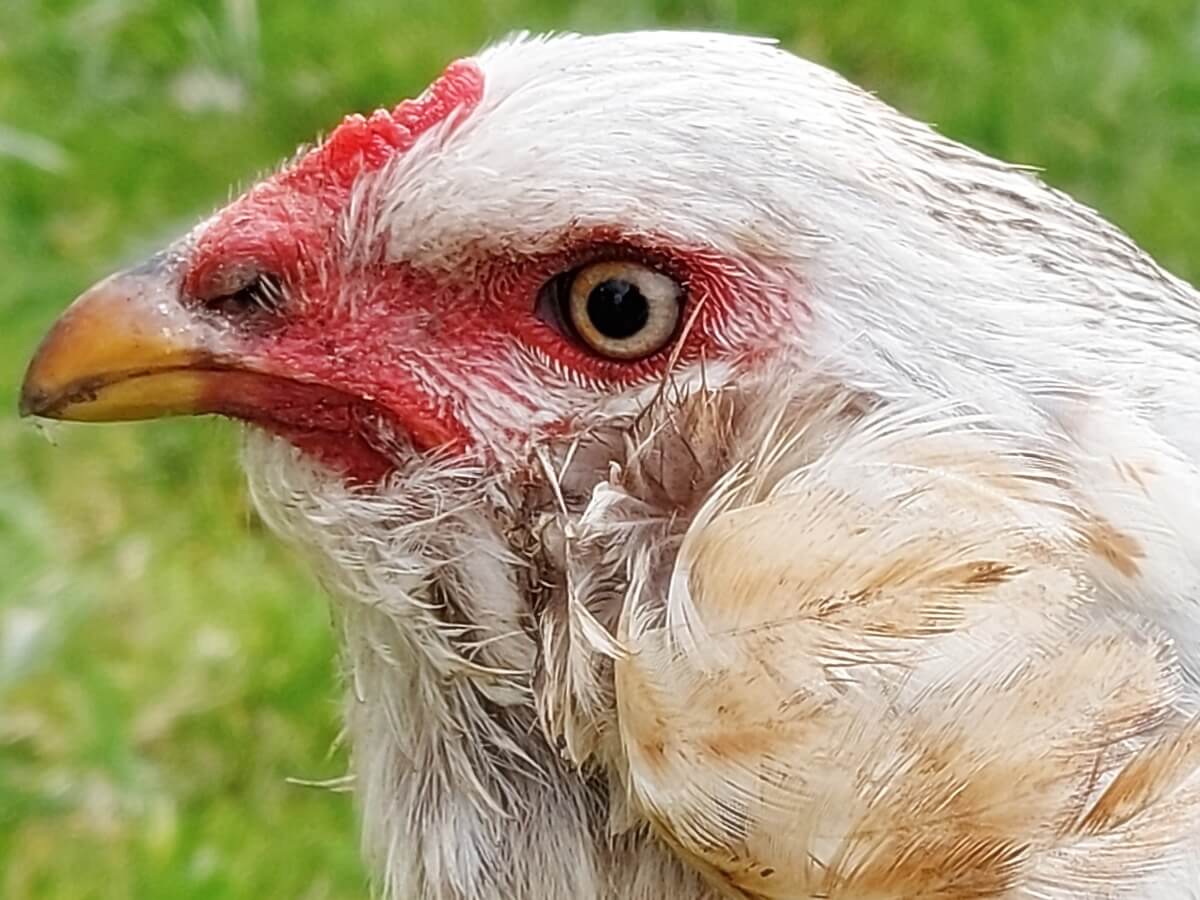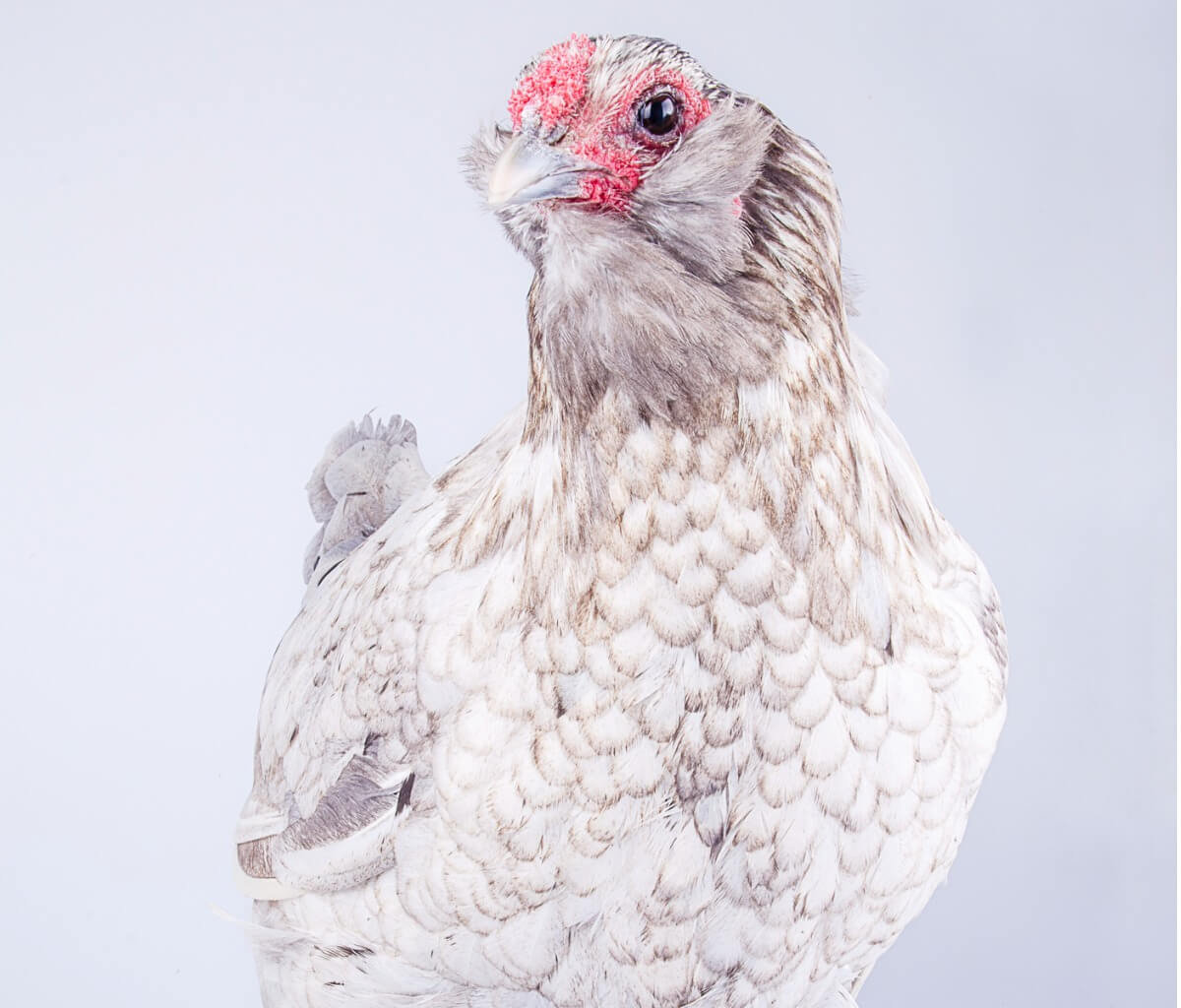Araucana Hen: Reproduction, Feeding and Care


Reviewed and approved by the biologist Samuel Sanchez
The Araucana hen or Mapuche hen is a most curious bird, thanks to its particular plumage. This species went from living on farms to be considered, in some cases, as a companion animal or pet. They have a sensitive and relatively close character and, because of this, more and more are being bred for non-commercial purposes.
Although its origins have different versions and there are some myths about its eggs, this species has other interesting aspects that sometimes go unnoticed. Some of these are the care and genetic predispositions the Araucanian hen is exposed to if the proper crosses aren’t made.
Origin of the Araucana hen
The Araucana hen comes from the tribes that populated the territories of Chile and Argentina. The tribes that stayed in the aforementioned territories, better known as the Mapuche Indians, raised this species. These hens had a fairly high nutritional value, and in addition, they were considered beneficial for human well-being.
It’s a very old bird, of which there are records dating back to 1500 AD. Although there are several versions and discussions regarding the real origin of the Araucanian hen, it’s believed that this species is a mixture between the quetro and collonca chickens. Finally, thanks to mitochondrial DNA analysis, it was shown that the bones of these chickens were in Chile long before the arrival of the Spanish.

Habitat of the Araucana hen
The territory that the Araucana hen originally inhabited were the regions occupied by the Mapuche indigenous peoples. However, it began its expansion in the second decade of the 20th century in Europe and North America. Different versions stipulate that this was due to the introduction into new lands by pirates or merchants, who sold their distinctive eggs.
This species is independent, and so it needs ample freedom to feel happy and satisfied. For this reason, the Araucana hen requires a fairly large space or habitat to move around and, when it’s hatching, it needs peace and calm. Having land with a good amount of grass is essential for this species.
Characteristics of the Araucanian hen
This species is a small to medium-sized bird, with an approximate bodyweight of 2.7 kilograms (6 lbs) in roosters and 2.2 kilograms (4.8 lbs) in hens. We can also mention that, although there are differences between them, the size will always be the same. In addition, the Araucanian hen doesn’t have a tail, due to genomic mutations.
Some features of the sexual dimorphism of Araucana chickens are size differences and the pronounced crest that the males have.
On the other hand, it has long feathers in the chin and ear area. Hence, it often looks like they have earrings or even a beard. Regarding the color varieties, the Araucanian hen has shades of white, red or black, which depend on the genetics of the animal, giving way to many Mapuche or painted patterns.
Reproduction of the Araucanian hen
The reproduction of the Araucanian hen is sexual, so copulation between the rooster and the hen is necessary for fertilization to occur, and, in this way, the eggs are fertile. In this way, if copulation doesn’t take place, the eggs won’t have the embryo inside them and therefore no young will emerge from them.
The eggs of the Araucanian hen
Outside of its physical appearance, the most relevant characteristic when identifying this bird are its curious eggs, which regularly have a blue color. This tone is obtained thanks to the presence of an enzyme secreted in the oviduct, the channel where the eggs are created in the hen. The pigment is known as biliverdin and it allows the shade of blue to change from one egg to another.
Eating habits, meteorological phenomena, and other factors also predispose the different colorations of the eggs. These range from aquamarine green and light blue to green. The higher the number of eggs, the less intense their color – due to a lower concentration of biliverdin.
Are blue eggs more nutritious?
Although there’s a myth that blue-colored eggs are more nutritious, this isn’t true. White, brown and blue eggs have the same nutrients. The only difference is that the yolk of exotic blue eggs is larger and harder.
Araucanian hen feeding
This bird is omnivorous and its diet is based mainly on grains or seeds, fruits, vegetables, and grass. On the other hand, the Araucanian hen also consumes animals, such as insects, arthropods and very small vertebrates. Wild specimens often peck at the ground looking for worms and grains.
Apart from a good diet, it’s essential that the bird has several drinking areas
For their part, those found on farms need a balanced diet for their well-being. When an Araucanian hen is fed only grains, the chances of the bird having protein deficiencies, which it generally obtains thanks to the insects it eats in the natural environment, are increased.
Araucanian hen health and care
Regardless of whether you keep an Araucanian hen as a farm animal or pet, it’s important to understand its specific needs. Although it’s true that these birds don’t need different care than other hens, it’s important that they have a relatively larger space than that of other species. This space must be outdoors, with good natural light and air circulation.
Araucanian chickens usually take sand baths, so you should consider a sandbox or mud area within their area.
Regarding its health, an Araucana hen doesn’t have any particular complications. However, copulation between two specimens that have “earrings” under their ears should be avoided, as they have a gene that ensures the mortality of the embryos before they emerge from the egg. Likewise, Araucanian chickens that have sideburns should undergo frequent plumage trimming to avoid conjunctivitis.

As you can appreciate, the Araucanian hen is a unique bird with physical characteristics that allow it to be easily identified. Likewise, it’s easy to recognize their eggs, thanks to their coloring. As with the other species of the Phasianidae family, their eggs have many nutrients and benefits for man, so ensuring their proper care should be of prime concern in farms and homes.
All cited sources were thoroughly reviewed by our team to ensure their quality, reliability, currency, and validity. The bibliography of this article was considered reliable and of academic or scientific accuracy.
- Alcalde, J. A. (2007). Orígenes de la gallina araucana:¿ europea, asiática o polinesia. Selecciones Avícolas, 48(19), 639-641. Recogido el 27 de mayo de 2021 de: https://seleccionesavicolas.com/pdf-files/2007/10/3515-origenes-de-la-gallina-araucana-europea-asiatica-o-polinesia.pdf
- Biliverdina. LinkFang. Recogido el 26 de mayo de 2021 de: https://es.linkfang.org/wiki/Biliverdina
This text is provided for informational purposes only and does not replace consultation with a professional. If in doubt, consult your specialist.